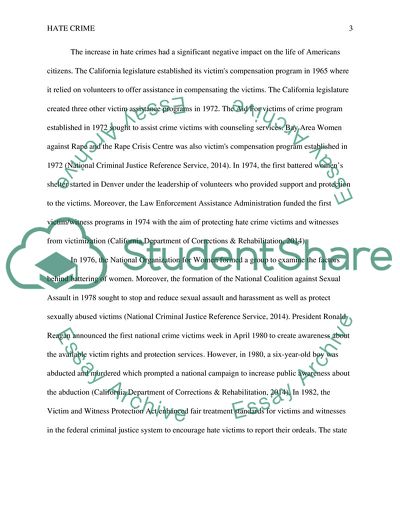Cite this document
(History Of The Crime Victims' Movement In The United States Research Paper, n.d.)
History Of The Crime Victims' Movement In The United States Research Paper. https://studentshare.org/sociology/1851870-victimology-victims-rights-reaserch-paper-hate-crime
History Of The Crime Victims' Movement In The United States Research Paper. https://studentshare.org/sociology/1851870-victimology-victims-rights-reaserch-paper-hate-crime
(History Of The Crime Victims' Movement In The United States Research Paper)
History Of The Crime Victims' Movement In The United States Research Paper. https://studentshare.org/sociology/1851870-victimology-victims-rights-reaserch-paper-hate-crime.
History Of The Crime Victims' Movement In The United States Research Paper. https://studentshare.org/sociology/1851870-victimology-victims-rights-reaserch-paper-hate-crime.
“History Of The Crime Victims' Movement In The United States Research Paper”. https://studentshare.org/sociology/1851870-victimology-victims-rights-reaserch-paper-hate-crime.


